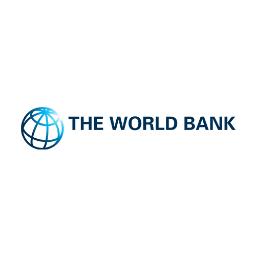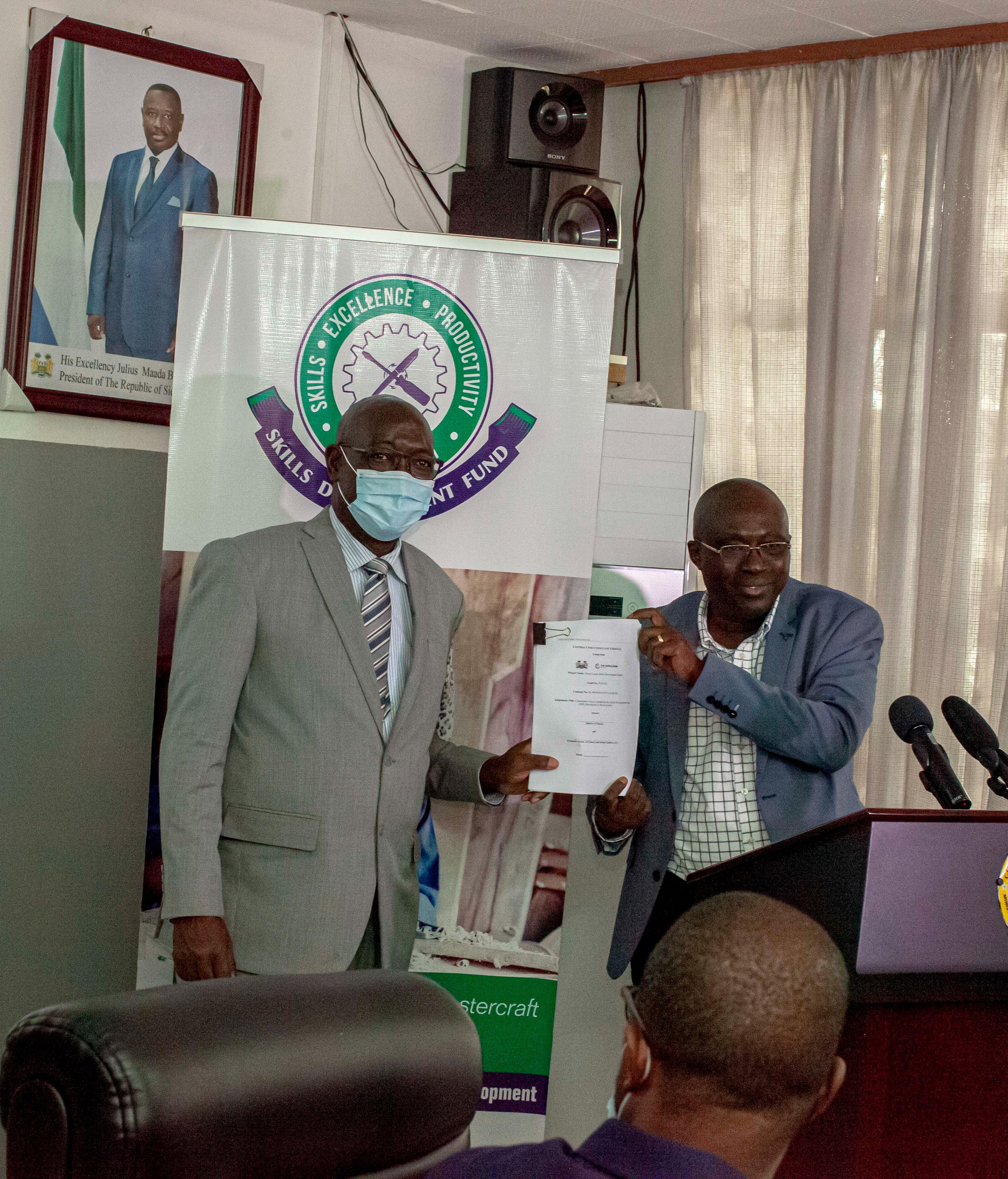Skills Development Fund Sierra Leone.
We support skills development for the productive sectors of the economy, providing a platform to be shared between qualified personnel.
Our References
We are in good company.



Our Focus:
The government now adopts a paradigm shift, geared towards transforming the economy and developing human capital form, with long term goals focusing on the key drivers of economic growth and poverty reduction.
The proposed project’s focus is on increasing access to quality skills provision that will contribute to improving the country’s economic competitiveness and promote sustainable and inclusive development.
Our Objectives

Stimulate
Competition and delivery of innovative program offerings

Promote
collaboration between enterprises and training centers

Improve
the efficiency of training provision

Increase
employability of out-of-school youth
Our Available
Windows
1ST FUNDING WINDOW OPENING
2ND FUNDING WINDOW OPENING

Sierra Leone’s growth prospect is very high. However, the economy is hampered by various factors, including high debt rates and trade deficits, both of which are underscored by arguably the biggest challenge to GDP growth: an under-skilled workforce. The lack of a skilled workforce suppresses the effects of every driver of GDP growth but is probably most acutely felt in the private sector, where both local market and export businesses must compete with foreign competition while contending with lower quality and higher unit costs due to diminished productivity. The Skills Development Fund, which is demand-driven, by providing funds to fulfill market-based requirements, could not have come at a better time, given the high level of youth unemployment in the country
Pete Kaindaneh,
Assignment Manager